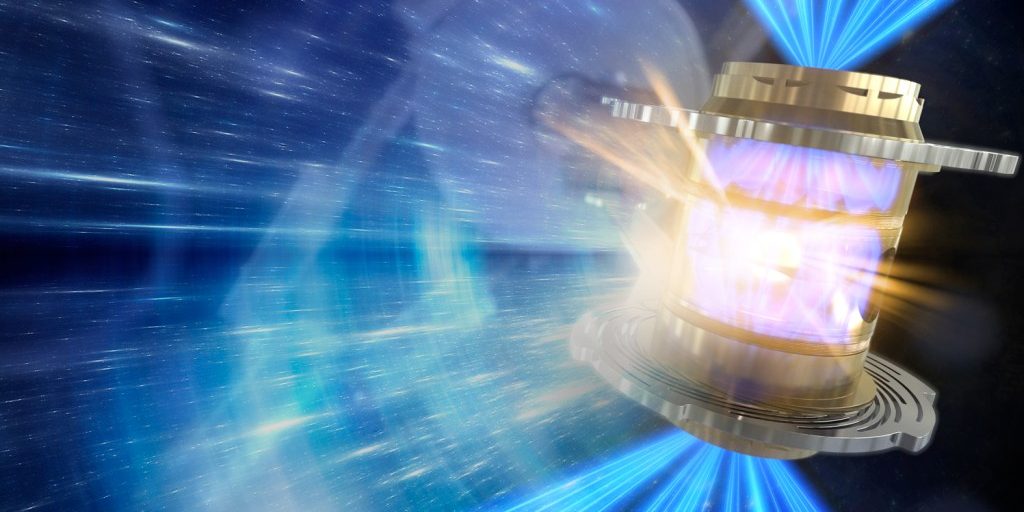Researchers at Lawrence Livermore National Laboratory (LLNL) have discovered that ions behave differently in fusion reactions than previously expected, thus providing important insights for the future design of a laser-fusion energy source.
The findings are featured in a new paper in the November 14 issue of Nature Physics, titled “Evidence for Suprathermal Ion Distribution in Burning Plasmas.”
The work shows that neutron energy measurements on the high-yield burning and igniting inertial confinement fusion experiments (ICF) showed that the average neutron energy produced is higher than expected for a deuterium-tritium (D-T) plasma that is in thermal equilibrium.
“This implies that the ions undergoing fusion have more energy than expected in the highest-performing shots, something that isn’t predicted — or able to be predicted — by the normal radiation hydrodynamics codes used to simulate ICF implosions,” said Alastair Moore, LLNL physicist and lead author of the paper.


